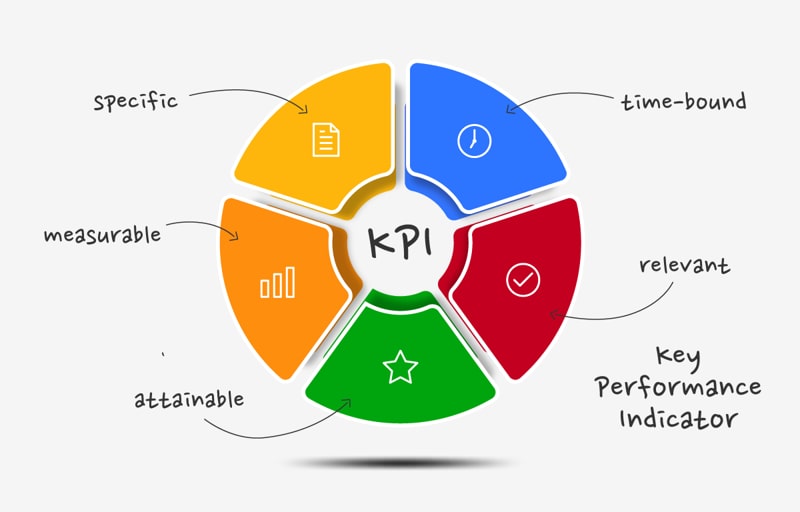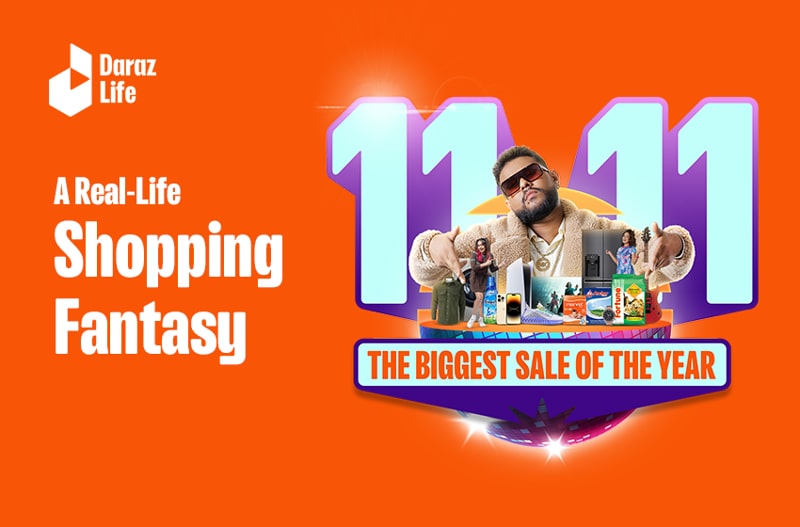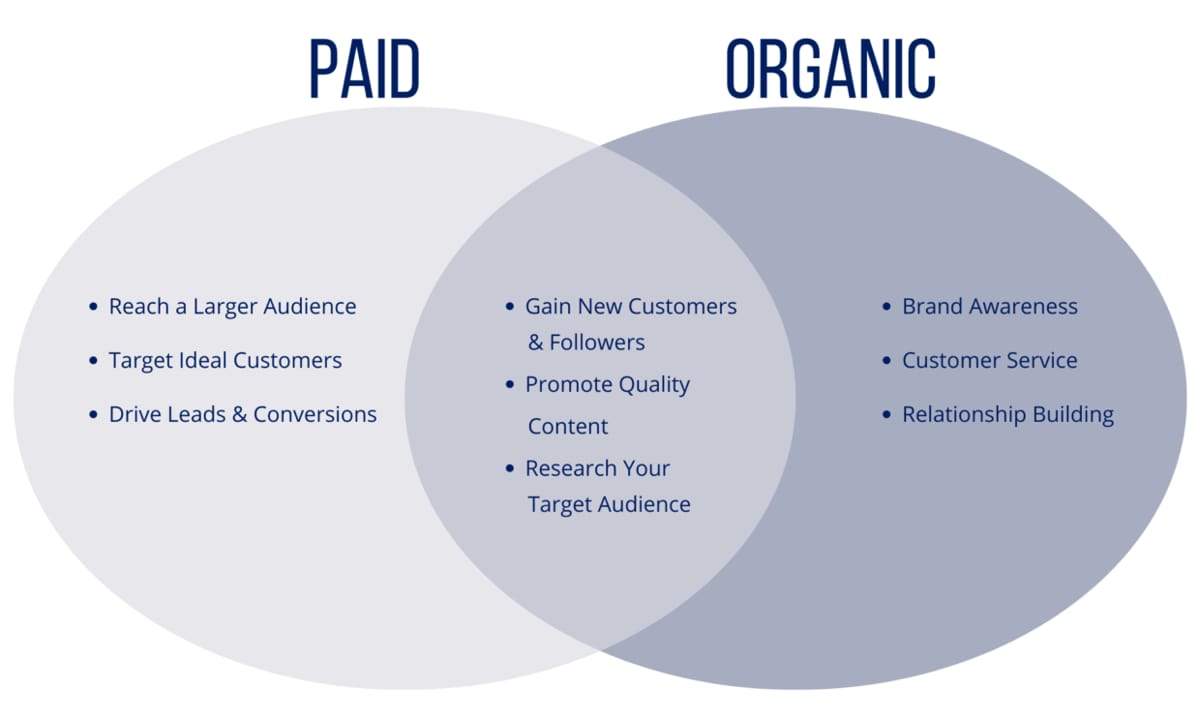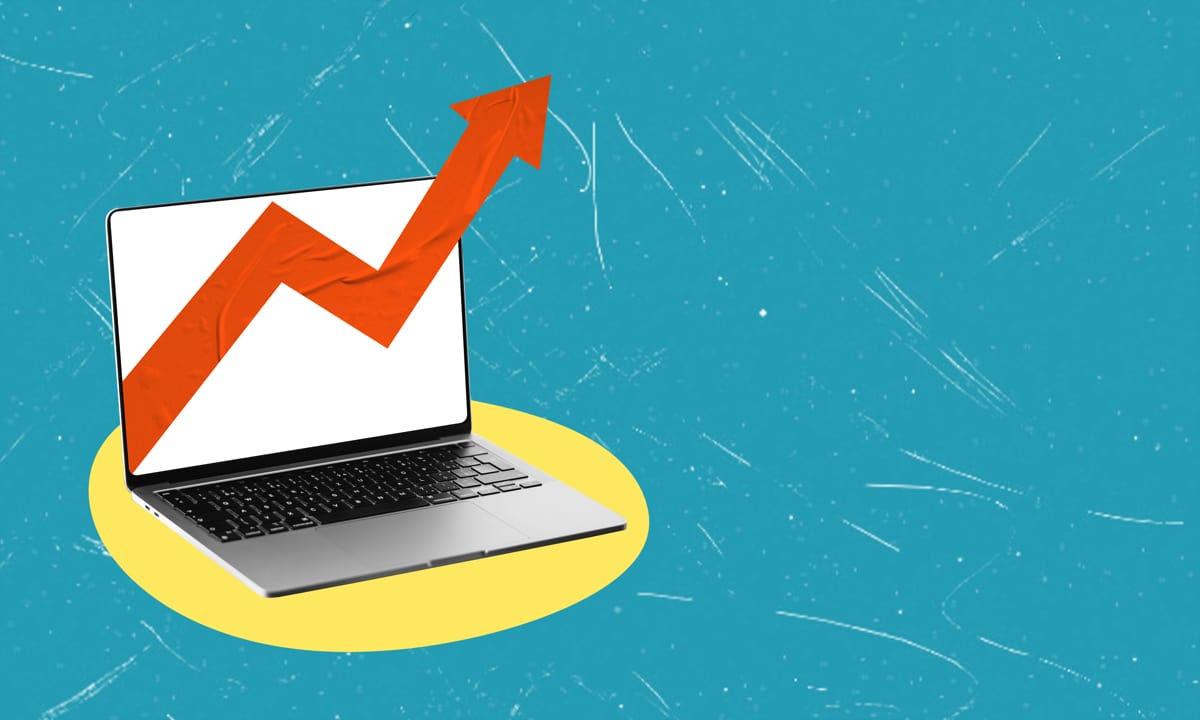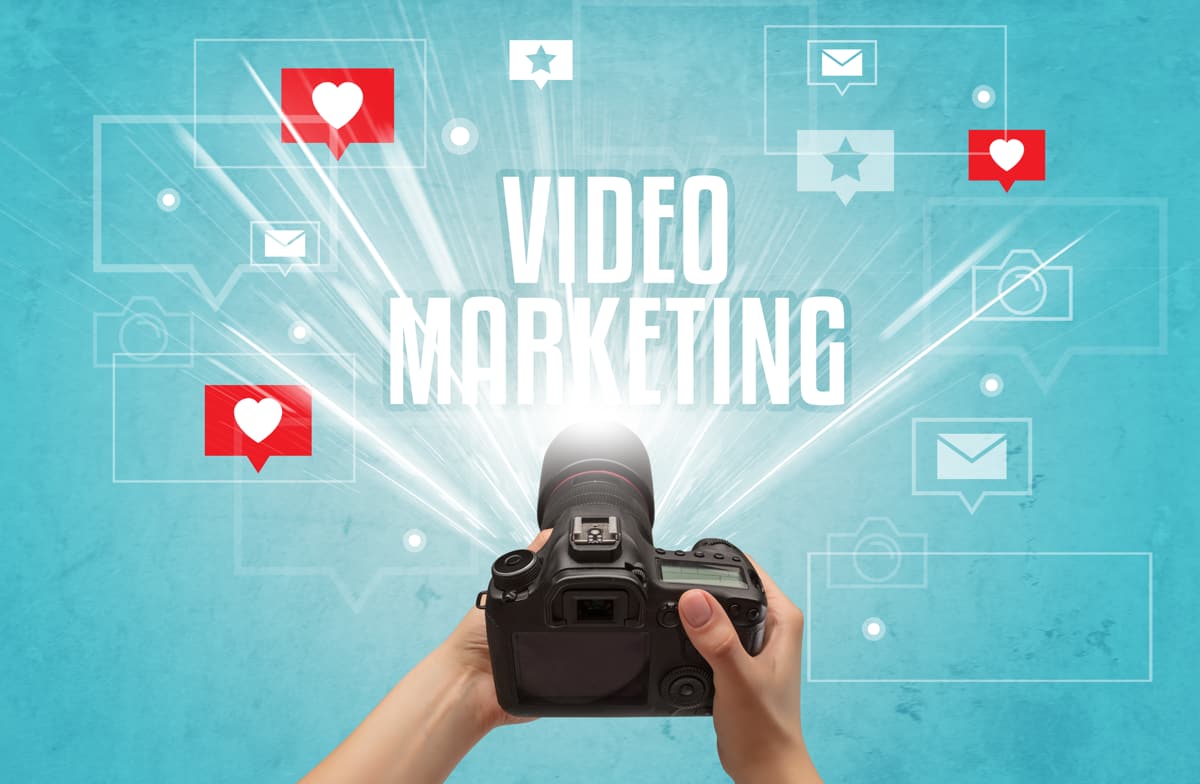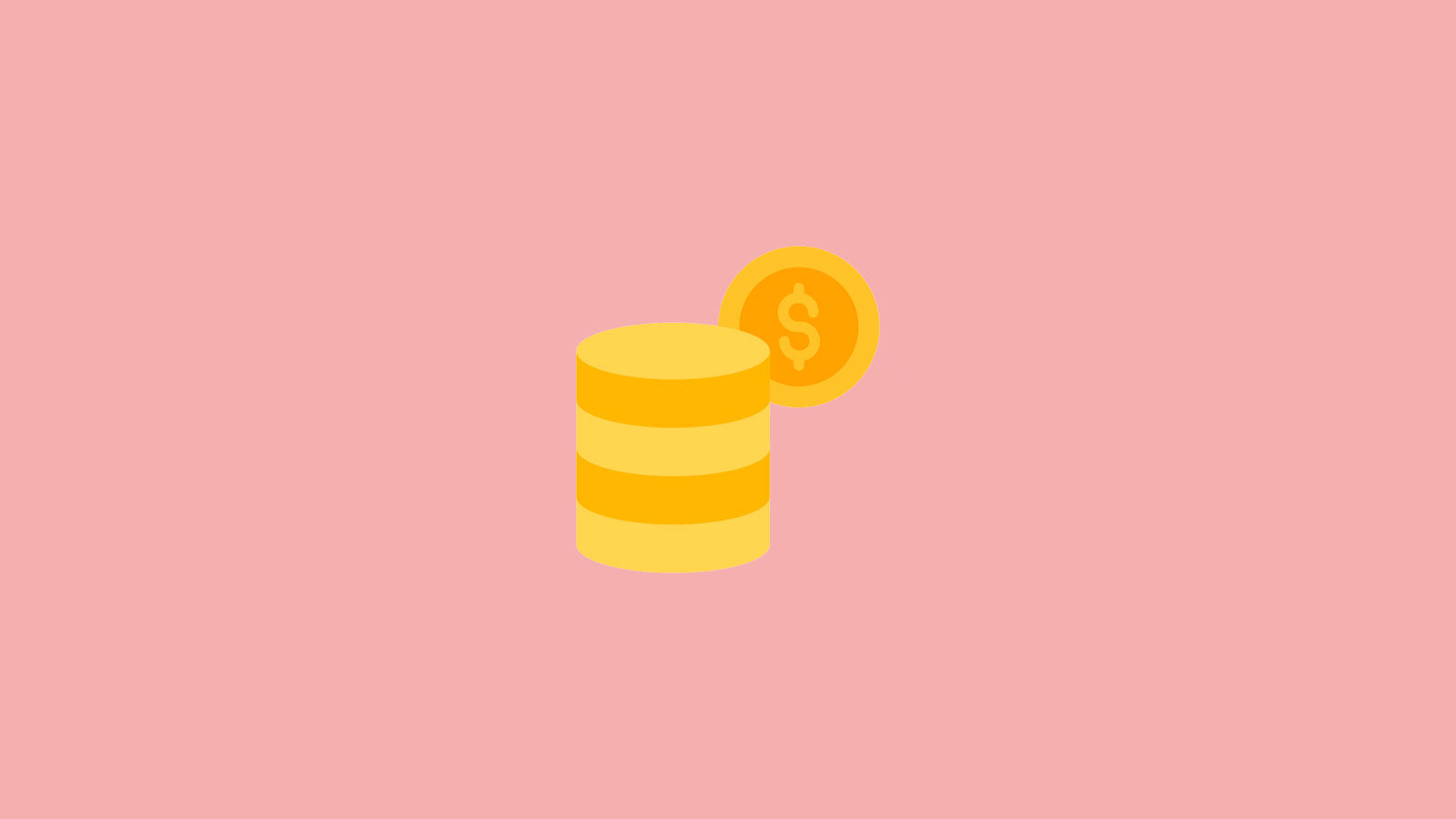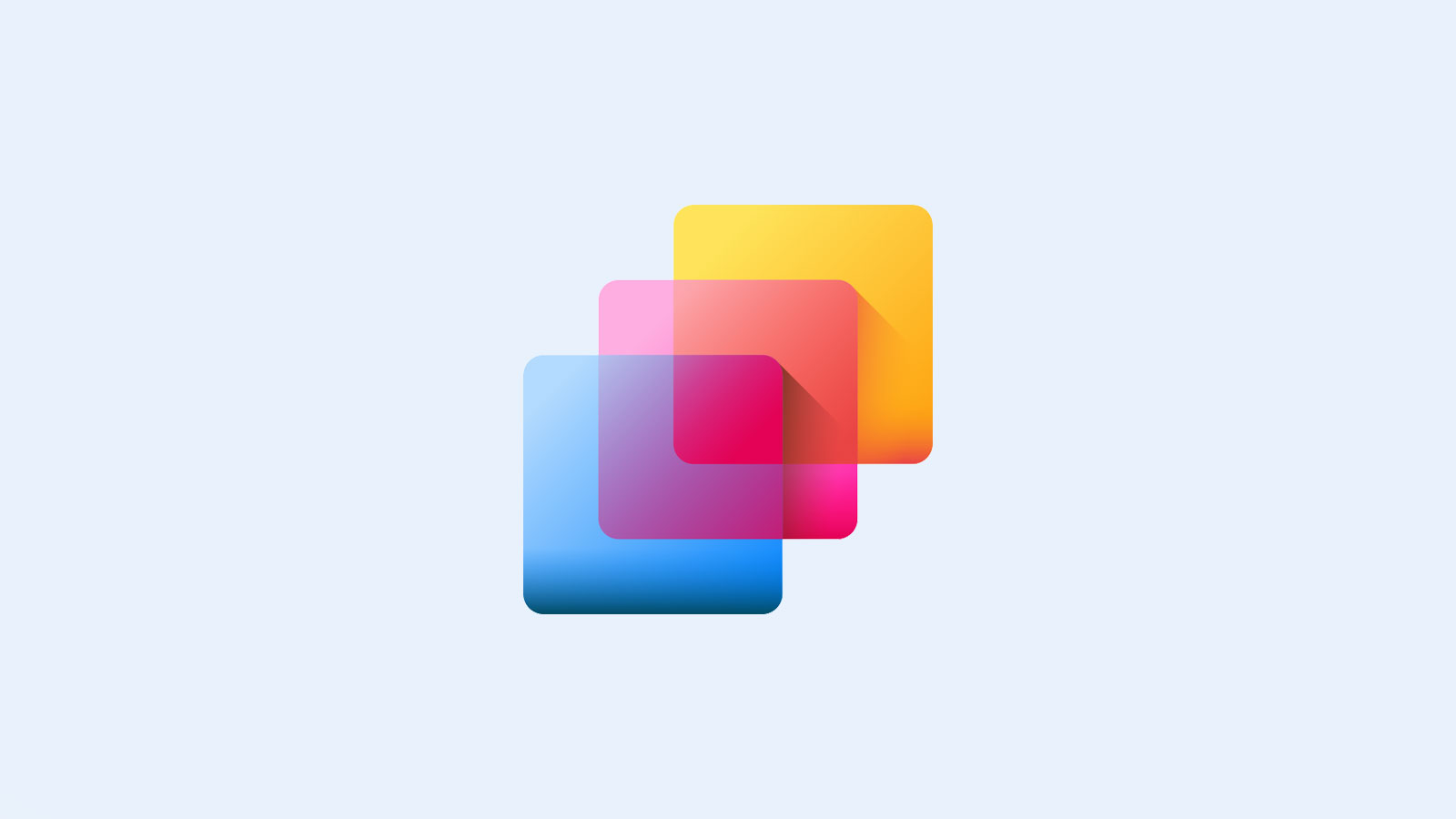Welcome to the new age of marketing, where a 21-year-old TikToker with decent lighting and a charming personality can drive more sales than a billboard on Airport Road. Whether it’s a lipstick review, a protein powder plug, or a heartfelt “guys, not sponsored but I love this app,” Bangladeshi audiences don’t need much convincing.
Each platform brings its own flavor to the mix:
- Facebook is part gossip hub, part shopping mall, part political battlefield.
- Instagram is for milktoast liberals who’ve turned having brunch into a career.
- YouTube is storytelling central.
- Finally, TikTok. Drop one viral lip-sync while chewing on hair gummies and watch TikTok’s algorithm land it on your target audience’s FYP.
Influencer marketing is one of the cleverest ways to put your product out there. The psychology behind this is that we want someone we know to tell us a product or service is worth our money. And what better way to leverage the parasocial relationships people have with microcelebs?
This guide will be your roadmap to influencer marketing in Bangladesh. Let’s get into it.
Table of Contents
ToggleSet Clear Campaign Goals
Start with a question: What exactly do I want out of this campaign? Don’t expect a chill café-hopping reel to clear out your stock like there’s a flash sale going on. You need to match your goal with the funnel stage.
The customer journey can be divided into three main stages.
- At the top of the funnel, you’re just handing out the invites. You want to get noticed. The goal here is reach, impressions, and getting your product into the public’s subconscious. This is the awareness stage.
- In the middle, you’ve piqued some interest as we speak. Now we want interaction—likes, shares, comments, saves, maybe even the occasional gossiping. Harness the power of Social Proof.
- Now, at the bottom, this is when you can get direct. You want clicks and transactions. The teasing is over, and it’s time to close the deal.
Once you know where your campaign fits in, think about execution. Don’t just dilly-dally your way through performance. Strategy beats luck every time. Use tools like Meta Ads Manager, Google Analytics, or even local dashboards (yes, some agencies actually build those now) to monitor KPIs like:
- Reach & Impressions
- Engagement rate
- Click-through rate (CTR)
- Conversion rate
- ROAS
Choose the Right Influencers
So, you’ve decided to dive into influencer marketing. Congrats! Now comes the part where you don’t get scammed by someone with 200K followers and less interaction than your family WhatsApp group. Choosing the right influencer is half intuition, half investigation—and in Bangladesh, where everyone and their cousin is a “content creator,” you’ve got to be sharp.
| Tier | Followers | Engagement | Approximate Price per Post (BDT) | Best for |
| Nano | 1K–10K | 8–10% | 1,000–5,000 | Hyper-local, super relatable |
| Micro | 10K–50K | 5–8% | 5,000–20,000 | Niche communities |
| Macro | 50K–500K | 3–5% | 20K–100K | Broader reach, still decent engagement |
| Mega | 500K+ | 1–3% | 100K+ | High reach, low relatability |
Nano and micro influencers are where the ROI lives in Bangladesh. They’re authentic and actually give a damn.
Here’s the kicker: follower count means absolutely nothing without engagement. And in BD, we’ve seen plenty of “influencers” whose followers come straight out of a bot factory. You’ll see suspicious spikes in follower count overnight, weirdly international audiences, and thousands of likes from accounts with no profile picture. Some poor brands have even been ghosted after sending free products and payment.
Different platforms have different rules. Instagram marketing is full of polished aesthetics. Rates here can go from 5K to 70K BDT per post, depending on follower count. TikTok, on the other hand, is oddly powerful. Even mid-tier TikTokers in BD demand between 2,000-10,000 BDT per post, and the big ones? Expect six digits and zero creative control.
It is a bit tricky to separate the real ones from the posers. Start with engagement rate. Do their followers sound like real humans or auto-generated praise bots? Then look at content quality. Do they have a unique voice, or are they only parroting brand lines? And finally, the golden question: does their vibe match your brand? Don’t hire a slow-mo café vlogger to push your industrial hardware.
Craft a Compelling Campaign Message
One characteristic of a successful marketing campaign is that the influencer’s voice sounds like an extension of a brand’s tone. Campaigns flop when messaging feels forced. So, how do you strike that balance?
First off, your message should match the influencer’s overall online presence. If your brand is formal, don’t force a Gen Z TikToker to recite corporate jargon like they’re pitching to the stock exchange. Meet them in the middle. Better yet, give them the creative freedom.
Co-creation always hits harder than scripted stuff. When influencers are involved in shaping the message, the audience listens. Look at campaigns like Daraz’s 11.11 sale or Chorki’s Eid special promos—the messaging worked not just because the offers were great, but because the content fit the creators.
Set Budget and Compensation Models
Brands often throw money around with no strategy, then act surprised when the results don’t match the hype. Think of your total spend in three parts: content creation, media boosting, and performance tracking.
Pricing Model for Content Creation
In Bangladesh, there’s no cookie-cutter pricing model for influencer content. It depends on the influencer’s tier, the nature of the collaboration, and the scope of content. Your options are:
- Bartering
- Flat fees
- Commission-based deals
- Performance-based models
If you’re low on budget, barter can be an easy entry point. However, don’t expect high-quality content unless what you’re offering excites the influencer. Flat fees are the usual route and for good reason: you agree on a number, they do the job, everyone is happy.
Then there are affiliate or commission-based deals, where influencers only earn when they bring in sales. This one’s great if you’re not ready to spend big upfront. Performance-based models are almost like pay-per-signup. With this model, things can get messy real quick. So, use this one only when there is no room for error.
Media Boosting
Influencers will give you solid content—after all, that’s literally what you’re paying them for. But if it dies in the algorithm swamp, your ROI suffers. That’s why you ought to put a little paid budget behind their posts or turn that content into your own branded ads.
Plenty of local D2C brands, especially in fashion and skincare, have pulled off 2x–4x ROI just by pairing flat fee collabs with a bit of strategic media spend. Remember that you’re investing in attention. And attention, when handled right, pays you back.
And hey, don’t skip the tracking bit. Set aside a tiny chunk of budget for this. Whether you’re using Meta’s Ad Manager or some third-party tool your digital agency swears by, you need to know what’s working and what’s just sitting there, eating up money. This brings us to the next section.
Track Results and Optimize
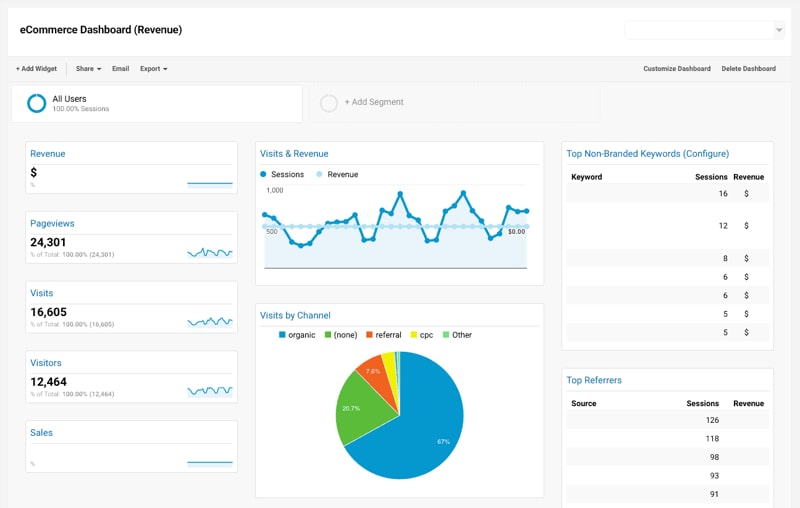
At this stage, you’ve launched the campaign. Comments are rolling in, and people are tagging their friends like there’s no tomorrow. Cute. The campaign is almost finished. Your job now is to be on the lookout.
Once the campaign is live, give it a minute. After the first 48–72 hours, you’ll start to get a sense of whether something’s clicking or not. Low click-through rate? Maybe the CTA needs tweaking. Flat engagement? It could be the post format. Don’t be afraid to pivot mid-campaign: test a new posting time or a different caption style. Keep up with your A/B testing.
Now, let’s go back to the sales funnel we mentioned previously. If your goal was awareness, look at reach, impressions, and engagement rate. If it were conversions, then you’re in ROI, ROAS, and sales territory. Don’t mix the two up; just because something got 10,000 likes doesn’t mean it sold a single product.
In Bangladesh, engagement rates above 2–3% on Instagram are considered strong, but what’s “good” will vary by industry. A skincare brand should expect more direct conversions; a new café might have to wait a while before noticing a sudden spike in visitors.
The Main Takeaway
Influencer marketing isn’t just about paying a pretty face on TikTok to say nice things about your brand. It’s a full-blown ecosystem.
From co-creating magnetic content to amplifying it with smart budgeting and tracking, each step builds toward something bigger than just likes and reach. The brands that win aren’t just chasing virality; they’re actively shaping narratives and playing the long game.
If you’re stepping into this space for the first time, keep it real. Don’t get swept up by follower counts alone; invest time building your network. Keep refining your strategy, lean into data, and most importantly, listen to your audience. They’ll let you know what’s working and what’s not.
And if that sounds like a lot (because, let’s be real, it is), think about hiring a professional digital agency in Dhaka that will guide you every step of the way.
At Ngital, we partner up to build a gravity surrounding your brand. You bring the story, we bring the strategy that makes people stick around. Book a call today.

